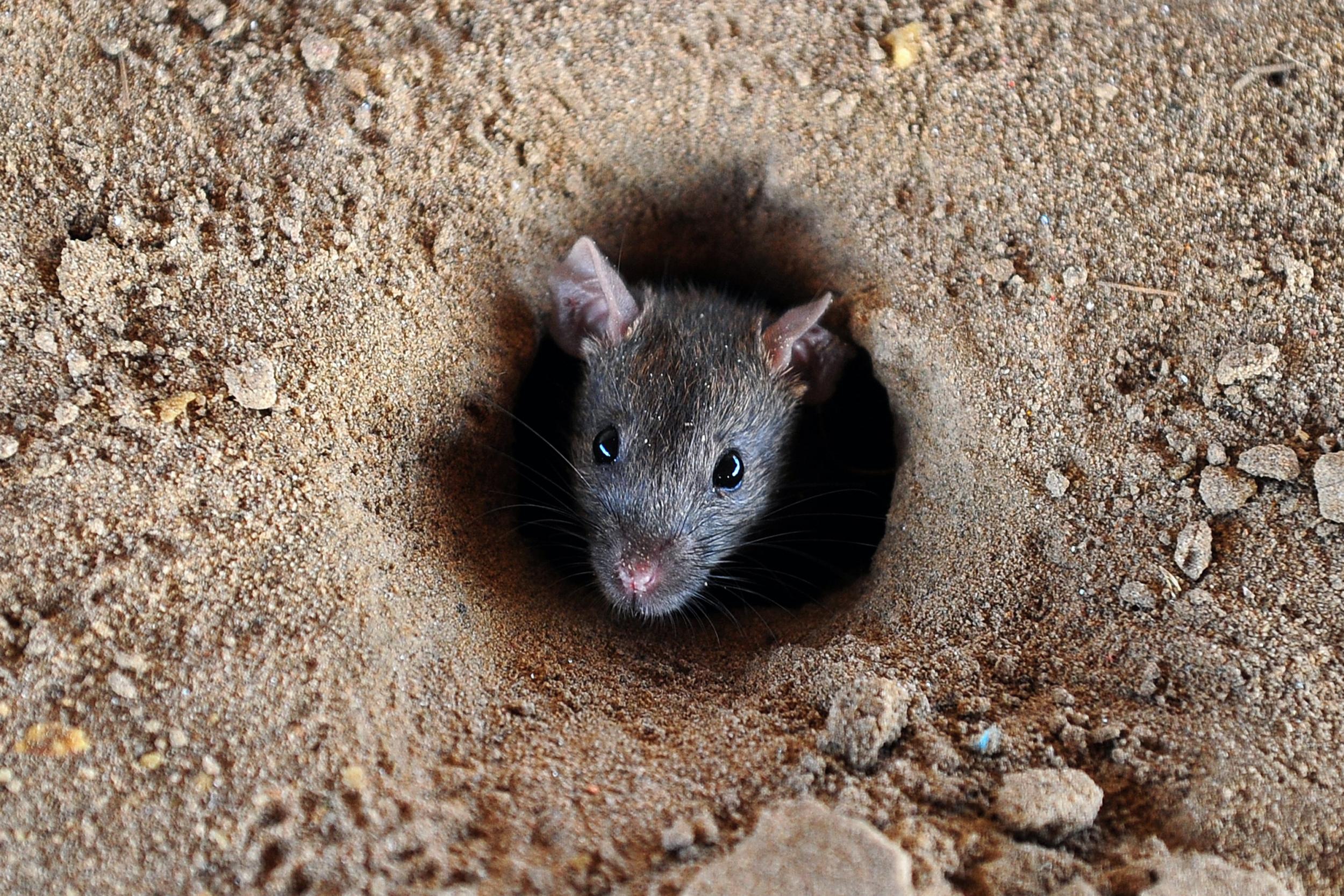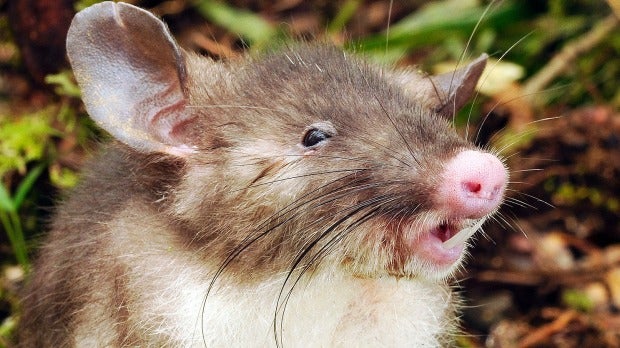Scientists have discovered a new species of rat and it's got really long pubic hair
Scientists believe the extra-long pubic hairs help the rat in reproduction

Your support helps us to tell the story
From reproductive rights to climate change to Big Tech, The Independent is on the ground when the story is developing. Whether it's investigating the financials of Elon Musk's pro-Trump PAC or producing our latest documentary, 'The A Word', which shines a light on the American women fighting for reproductive rights, we know how important it is to parse out the facts from the messaging.
At such a critical moment in US history, we need reporters on the ground. Your donation allows us to keep sending journalists to speak to both sides of the story.
The Independent is trusted by Americans across the entire political spectrum. And unlike many other quality news outlets, we choose not to lock Americans out of our reporting and analysis with paywalls. We believe quality journalism should be available to everyone, paid for by those who can afford it.
Your support makes all the difference.Scientists studying new animal species in the wilds of Indonesia have discovered a previously-unidentified type of rat - and they're stunned at how long its pubic hair is.
The unflatteringly-named hog-nosed shrew rat was discovered by a team of researchers on Sulawesi island.
As a newly-discovered species, there's a lot for scientists to examine, particularly its unusually large ears, snubbed nose and bulky build.
Most interestingly, though, it has really long pubic hair.
Hog-nosed RatMeet the new species of mammal: the Hog-nosed rat and the team of scientists who discovered it in Sulawesi, Indonesia.
Posted by Museum Victoria on Tuesday, 6 October 2015
Speaking to Mashable Australia, mammalologist Kevin Rowe from Museum Victoria said the rat was discovered in a trap on Mount Dako in 2013.
While super-long pubic hair is found in other animals, such as the Australian potoroo, the reason behind the unusual feature is still unknown.
Rowe said: "It probably helps it in some kind of reproductive way."
"Both male and female have these long pubic hairs, like whiskers. They're not like human pubic hairs."

Aside from it's impressive pubic hairdo, the rat is bigger in other ways.
From nose to tail, it's around 45 centimetres, or 1.5 feet long.
It also weighs in at around 250 grams, although it's not clear how much of that weight is down to the pubic hair.
Like the Galapagos islands, the Sulawesi has a number of unusual animals native to it, including many unique rat species.
The discovery of the hog-nosed shrew rat, which was given the scientific name Hyorhinomys Stuempkei, has been publushed in the Journal of Mammalology.
Join our commenting forum
Join thought-provoking conversations, follow other Independent readers and see their replies
Comments